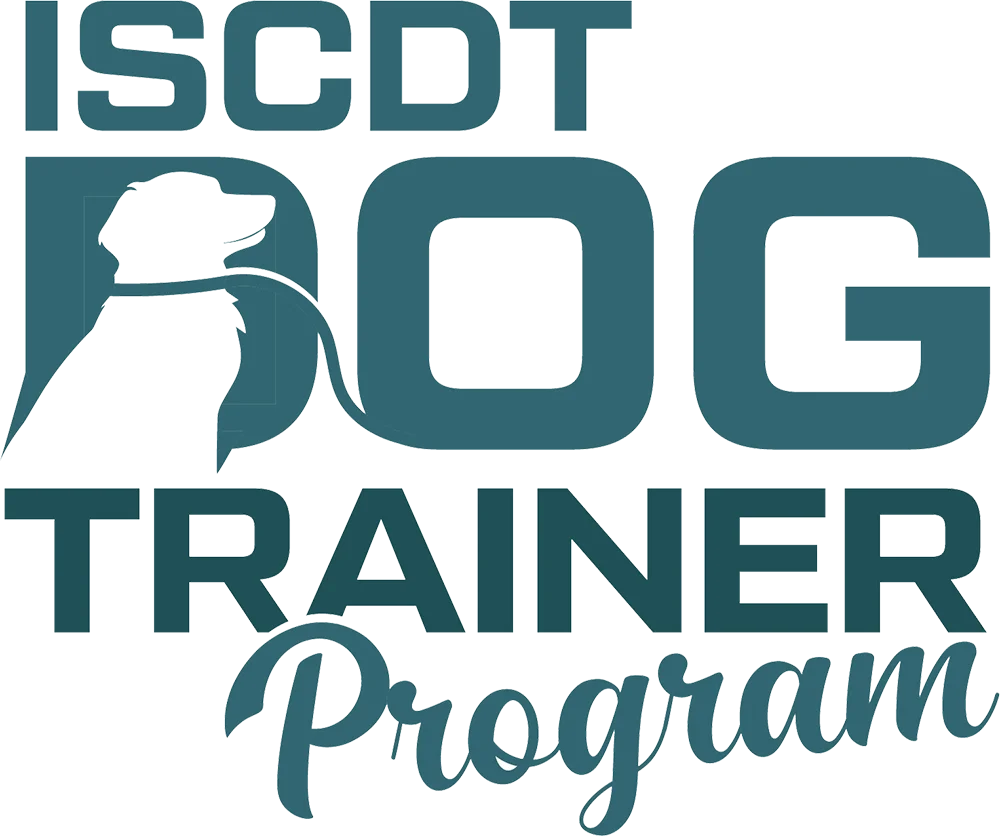Dogs are brilliant, loving creatures who want to please us, but they aren’t born understanding human language or social expectations. As dog trainers, we see this disconnect often: well-meaning owners unintentionally confuse their dogs with inconsistent commands, unclear expectations, or contradictory behavior.
Recently, we asked a question to our community of dog trainers and students at ISCDT:
“What are Human Behaviors That Confuse Dogs?”
The answers were insightful, relatable, and incredibly useful for dog lovers and aspiring trainers alike. Here’s what our trainers had to say:
Stop Using “Down” and “Off” Interchangeably
Trainer Insight from Amelia of K-9 Stein’s Dog Training (Canada)
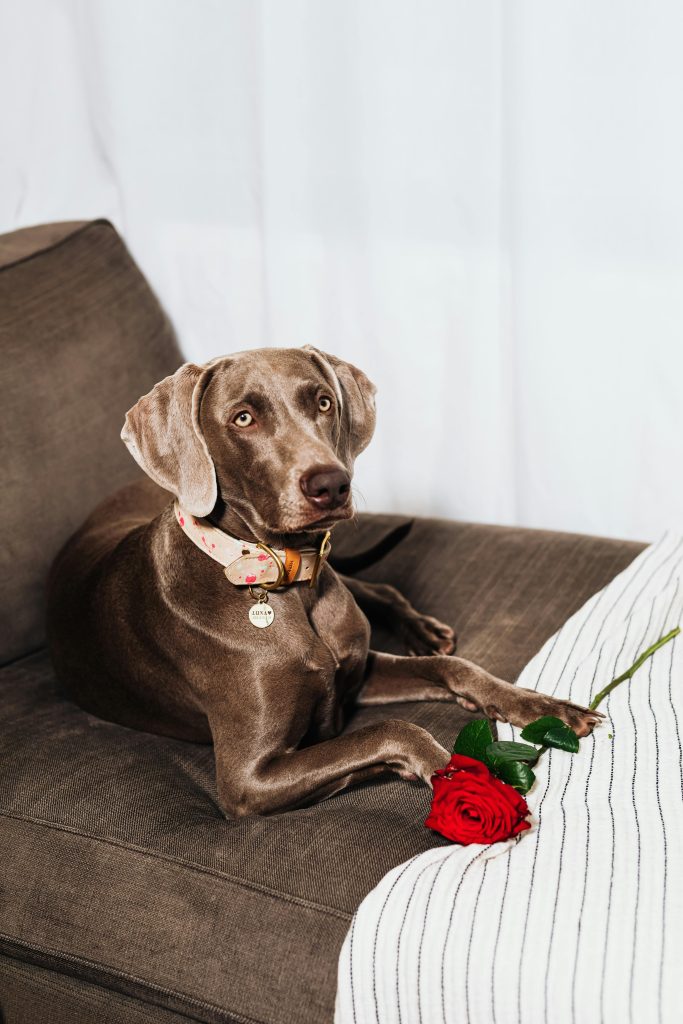
One of the most common communication errors dog owners make is using the words “down” and “off” as if they mean the same thing. While it might seem like a small detail to us, to a dog, these commands are completely different actions.
Let’s break it down:
- “Down” is a position cue. It means: lie down on the ground, bed, mat, or floor.
- “Off” is a movement cue. It means: get off the couch, off a person, or off a surface.
When these words are mixed up or used interchangeably, dogs receive confusing signals. One moment you’re asking them to lie down, the next you’re frustrated they didn’t get off the couch—even though you said the same word. From the dog’s perspective, it’s a guessing game.
Amelia’s Pro Tip:
Think of it like this:
- “Off me, off the couch, off the seat.”
- “Down on the mat, down on the bed, down on the floor.”
By associating each command with a specific behavior and context, your dog can confidently learn and perform the right response—without hesitation.
Why It Matters:
When owners mix commands or use one word for multiple meanings, it slows learning and increases frustration, on both ends of the leash. The dog isn’t being stubborn; they’re just unsure what you’re asking. This confusion can lead to missed training opportunities.
Using clear, consistent language is one of the simplest but most powerful tools in your training toolkit. Just like humans need clear job instructions to succeed, dogs thrive when expectations are unambiguous and consistent.
Amelia’s Takeaway:
“Using clear and consistent commands helps dogs understand and respond more reliably.”
So next time your dog is jumping up, say “off.” And when it’s time to relax and lie down, say “down.” That little shift in clarity can make a huge difference in your dog’s behavior and confidence.
Stop Saying “No” Without Direction
Trainer Insight from Jill Murray of Wags and Kisses, LLC
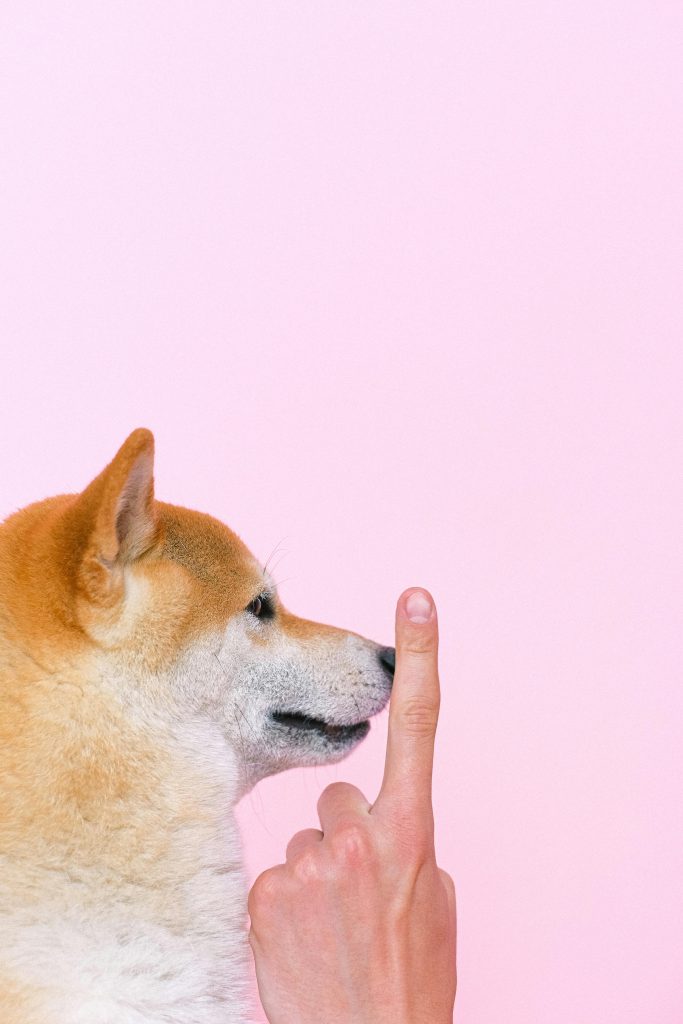
Jill Murry brings up a powerful truth that every dog owner and trainer needs to hear: saying “No” isn’t enough. In fact, when used alone, it is a useless word.
“No is not a cue. What should dog owners and trainers do instead?”
Think about it—when you tell a dog “No,” you want them to stop from doing something… but offering no solution. No guidance. No alternative. That leaves the dog confused and unsure, which prevents learning.
Dogs Need Direction, Not Just a Negative Marker
Dogs, like people, learn best when they’re told what to do—not just what not to do. If your dog jumps on guests, saying “No!” doesn’t tell them what behavior is acceptable.
Should they sit? Go to place? Back away?
Who knows?
The key is redirection. Instead of simply saying “No,” immediately give them a known alternative:
- “Sit”
- “Go to place”
- “Leave it”
- “Let’s go”
- “Off”
This helps your dog understand the behavior you want. Making the dog feel more confident and making your training more effective.
The Bad Boss Analogy
At ISCDT, we train future professionals to think from the dog’s point of view. One of our favorite analogies goes like this:
Imagine you’re starting a new job. You sit at your desk and do the best you can with the limited training you’ve received. Your manager comes up behind you and looks at your work from over your shoulder. Then snaps, “No!”, but offers no explanation. You try a different approach. Once again the boss yells “No!” and continues walking. Still no direction is given to you.
How long would you stay in that job?
Would you feel confident?
Would you improve?
Probably not.
Now imagine being a dog who doesn’t speak your language. The dog is full of energy and curiosity, and is still figuring out the rules of your home. When we say “No” without showing them what’s expected, the dog feels the same way as the person with the “bad boss”: confused and discouraged.
Jill’s Takeaway:
“Let’s be clear with our expectations and direct dogs to the choice we want them to make.”
Teaching Philosophy:
Owners aren’t trying to confuse their dogs—they just need to learn how to communicate in a way dogs can understand. As professional trainers, one of the most important lessons we teach our students is how to guide dog owners toward clarity.
Redirect, don’t just reprimand. Clarity, not correction, is what builds reliable behavior.
Creating Conflicting Rules Around Food
Trainer Insight from Wendy Bailey of Noah’s Ark Dog Training

Few things create more confusion for dogs than inconsistent rules around food. Wendy shines a spotlight on a mistake many well-meaning dog owners make without realizing it:
You slip your dog a little bite from your dinner plate one night, thinking it’s no big deal. The next evening, your dog is back—drooling at your feet, staring at your fork, even pawing or whining. Suddenly, it’s annoying. You scold them or send them away.
But here’s the problem: you taught them that behavior. Wendy puts it plainly:
We cannot create a behavior for the dog and then get angry when they get pushy for more food.
Why It Happens:
Dogs don’t operate on “sometimes” logic. If a behavior (like begging) earns a reward once, even randomly, it becomes reinforced. They think, “This worked before. Maybe it will work again.”
In fact, behaviors that are reinforced intermittently—sometimes rewarded, sometimes not—become the strongest habits. It’s called variable reinforcement, and it’s the same principle slot machines use to keep people pulling the lever.
So that one innocent bite from your plate, is not forgotten. The dog remembers, and now they’re doubling down on trying again.
The Solution: Be Consistent
If you don’t want begging, the answer is simple but strict:
Don’t feed from the table—ever.
Not “just once,” not “just a little.” Not even for holidays.
Instead, feed your dog from their designated bowl, in their spot, and on their schedule. If you want to share safe, dog-friendly foods, do it on your terms, in a way that doesn’t reinforce begging. For example:
- Offer treats in the kitchen after the meal.
- Use a treat-dispensing toy to redirect attention.
- Reward calm behavior away from the table.
By setting and sticking to consistent food rules, your dog learns what to expect—and what’s expected of them.
The Bigger Picture
This tip goes beyond food. It speaks to the importance of consistency in all areas of dog training. If you sometimes allow jumping, barking, or pulling, but other times don’t, you’re creating a confusing and unreliable rulebook your dog can’t follow.
Training is most effective when the message is always the same.
Wendy’s Takeaway:
“Dogs are smart—but they get easily confused when our actions contradict our expectations.
Clarity + Consistency = Confidence—for both dogs and their humans.
Misusing Recall Words Like “Come”
Trainer Insight from Angela of God’s Way Dog Training
Recall is one of the most important skills a dog can learn—potentially even lifesaving. But as Angela from God’s Way Dog Training points out, many owners unknowingly sabotage their dog’s recall by misusing key words like.
“Come means come to me—and should be reserved for that purpose.”
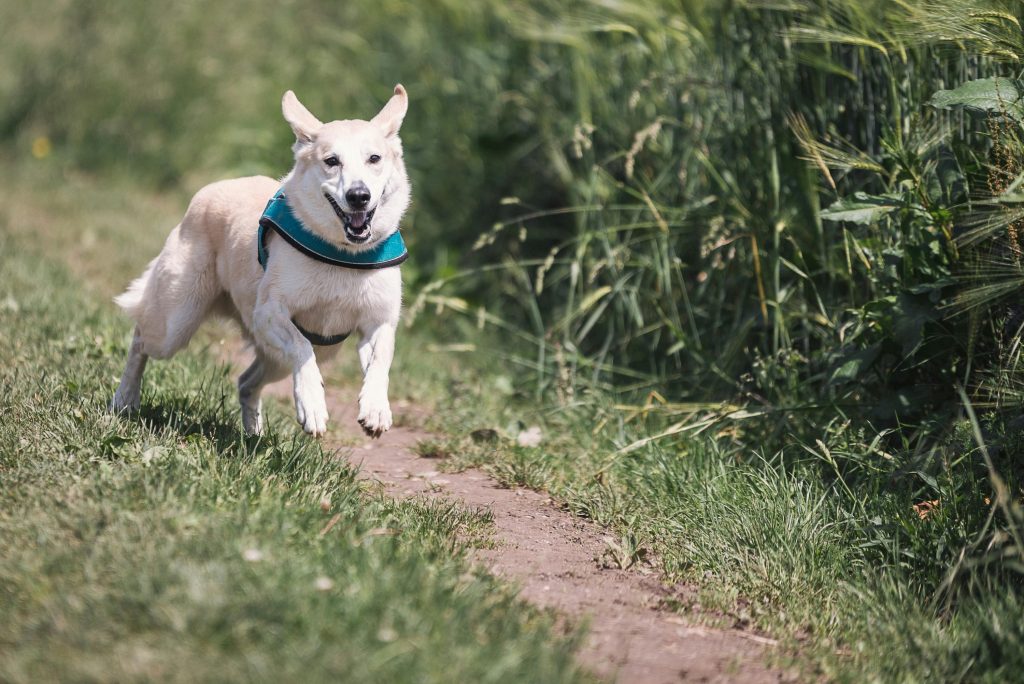
Angela explains that a common mistake is casually using “come” or “come on” in everyday situations, like encouraging a dog to follow along on a walk. But for dogs, these subtle differences in phrasing matter a lot.
Why This Causes Confusion
To us, “Come on” might sound friendly and informal. To a dog, though, it’s unclear:
Come to what? Come to where? Come to whom?
Without a consistent definition, dogs can’t reliably follow the cue. And if “come” is used too often, too loosely, or without follow-through, it loses meaning—and with it, reliability.
Even worse, if a dog hears “Come!” and then gets scolded or punished once they arrive, they start to associate that word with something negative. The result? A slower response… or no response at all.
Angela’s solution is simple but powerful: use recall words with intention and consistency.
Angela’s Recall Rules:
- ✅ Use “Come” for emergency or direct recall only—a high-value command that means “run directly to me.”
- ✅ Use “Let’s go” for casual movement, like walking together or transitioning from one place to another.
- ❌ Avoid calling your dog to you for something unpleasant (like a bath or punishment).
- ✅ Make coming to you rewarding, every single time—even if your dog was just digging in the flower bed.
The Power of a Reliable Recall
A strong, positive recall can protect your dog from danger, give you more off-leash freedom, and build trust. But that starts with clear communication and consistent usage.
If “Come” is treated like a casual phrase, it won’t carry the weight it needs in an emergency. If it’s treated like a lifeline, your dog will respond as if it is one.
Angela’s Takeaway:
Recall cues should be purposeful, consistent, and always followed by something positive.
That’s how you build reliability.
At ISCDT, we train our students to teach clients how to protect the meaning of recall words. It’s not just about the command. It’s about preserving trust and building dependable responses.
Reinforcing Excitability When Calm is Needed
Trainer Insight from Josh Lewis of Cleveland, Ohio
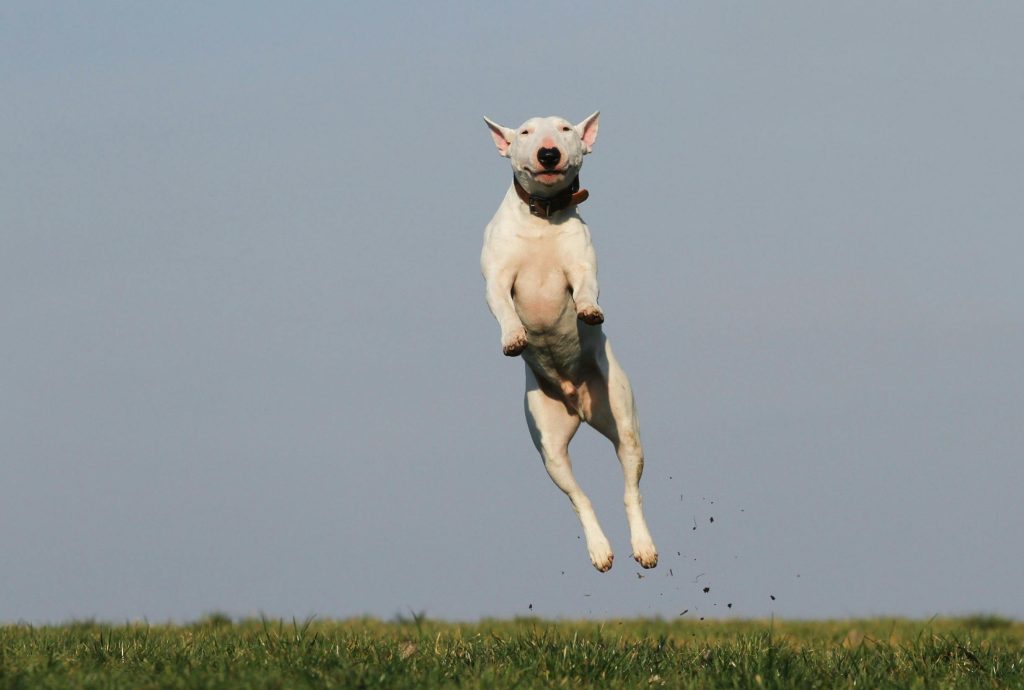
Josh highlights a behavior pattern that’s incredibly common, and incredibly counterproductive, when it comes to dog training: unintentionally rewarding excitement when calmness is what we actually want.
We’ve all done it. We come home, and our dog is spinning in circles with joy. We kneel down and greet them in an excited voice:
J
“Hey buddy! Oh, I missed you!!”
They jump.
We laugh.
They bark.
We keep talking
And just like that, we’ve reinforced high-energy behavior—even if it wasn’t what we meant to do. As Josh puts it:
“People often reward overexcitement in dogs without realizing it.”
Why It Matters
Dogs repeat what works. If jumping, barking, spinning, or zooming gets your attention, they’ll do it again. Especially during transitions like:
- When you come home
- When you’re about to feed them
- When you reach for the leash
The issue? Overexcited dogs are harder to train, harder to leash up, and harder to live with calmly. And when that excitement spills into pulling, jumping on guests, or reactive behavior, it becomes more than a nuisance, it becomes a real training challenge.
The Fix: Reinforce Calmness, Not Chaos
At ISCDT, we train both dogs and people to reward calm behavior intentionally. That means:
- Ignoring overly excited greetings until the dog settles
- Teaching dogs to wait calmly before meals, walks, or playtime
- Giving affection when paws are on the floor and mouths are quiet
- Practicing calm energy yourself, because dogs feed off your mood
Dogs are emotional sponges. If you enter a room like a whirlwind, they’ll mirror it. If you project calm confidence, they’ll start to settle into that rhythm too.
Teaching Calmness as a Skill
We often treat “calm” like a personality trait, something a dog either has or doesn’t. But calmness is a skill, and like any skill, it can be taught, practiced, and strengthened.
One of ISCDT’s foundational training principles is to help clients understand that calm behavior must be reinforced with the same intention and frequency as obedience cues. You don’t just train a sit—you train a state of mind.
Josh’s Takeaway:
When you make calmness rewarding, it becomes the dog’s go-to behavior—not the wild, spinning, barking alternative.
Reinforce the energy level you want to live with.
Getting Dogs Hyped Before They’re Ready
Trainer Insight from the ISCDT Team
It’s natural to want your dog to feel excited about the things they love. Mealtime, walks, car rides, etc. But as the ISCDT team emphasizes, ramping up your dog’s energy before they’re prepared to manage it can set both of you up for frustration.
We’ve all done it.
You say:
“Do you want to eat?”
“Wanna go for a walk?”
“Do you wanna go in the car?”
The tail starts thumping. The dog starts spinning, barking, leaping. Suddenly you’re in a whirlwind of fur and enthusiasm while trying to clip a leash onto a moving target.
Why This Backfires
Dogs are quick to associate familiar words with favorite activities. These “trigger phrases” become emotional cues, not just functional ones. So instead of prompting calm cooperation, they launch your dog into a frenzy of anticipation.
This energy spike can make it:
- Hard to leash your dog
- Nearly impossible to get them calmly through the door
- More difficult to keep their attention during a walk or training session
And yet, many owners get frustrated with the dog—when the excitement was invited by the person using those familiar, hyped-up phrases.
The Better Way: Calm First, Excitement Second
At ISCDT, we teach our students and clients to build calmness into everyday routines, especially before high-value activities.
Here’s how:
- Wait for Stillness – Don’t say a word until your dog is calm. Stand quietly. Don’t reach for the leash. Let them settle first.
- Engage Calmly – Use a neutral voice when it’s time to speak. No baby talk, no high pitch, no excitement—just calm energy.
- Reward with the Activity – When the dog is calm and attentive, that’s when you give the cue (“Let’s go!” or release a dog from command) and allow them to enjoy the walk, meal, or ride.
By rewarding stillness with movement, you’re training your dog that calm behavior is the gateway to the fun stuff, not chaos.
Retire the Rhetorical Questions
Another thing we recommend? Stop asking your dog questions they already know the answer to. Saying “Do you wanna go for a walk?” every time turns it into an emotional trigger.
Instead, make it a routine:
- Grab the harness and leash, put it on your dog and say “Let’s go” .
- Put the food in the bowl and then yell “dinner” to let the dog know they can eat.
Predictability + calm = a smoother transition into every fun activity.
ISCDT’s Takeaway:
“Training is easier when everyone’s energy is grounded.”
By staying centered yourself and encouraging calm behavior from the start, you’re setting the tone for a smoother, more focused experience for you and your dog.
Remember—Stress Travels Down the Leash
One of the most overlooked aspects of training isn’t the dog’s behavior—it’s the handler’s state of mind.
Dogs are incredibly intuitive. They pick up on:
- Body language
- Tone of voice
- Breathing patterns
- Emotional tension
That means if the person holding the leash is frustrated, anxious, or overwhelmed, the dog often mirrors that stress.
At ISCDT, we teach our students to address this from the very start.
Trainer Katie explains:
“We can’t work effectively with annoyed or anxious dog owners.”
That’s why I often begin class with a simple breathing exercise, especially when clients arrive flustered from traffic or frazzled by a misbehaving dog.
It’s not about being zen. It’s about being present.
Why This Works
When handlers center themselves—even for just 60 seconds—it creates a ripple effect:
- Dogs become more relaxed
- Sessions run more smoothly
- Learning happens faster
- Frustration decreases on both ends of the leash
As trainers, our job isn’t just to correct dog behavior. It’s to support the emotional connection between human and dog. That starts with helping the handler be calm, clear, and consistent.
So, What Can Trainers Do To Prevent Human Behaviors That Confuse Dogs?
If you’re working with clients (or want to), here’s your cheat sheet:
✅ Teach clarity and consistency in commands
✅ Replace vague corrections with specific guidance
✅ Reinforce calmness over chaos
✅ Address confusion with compassion, not criticism
Because at the end of the day…
We’re not just training dogs.
We’re training people to better understand their dogs.
Want to Become a Professional Dog Trainer?
If this kind of insight inspires you. If you’re passionate about helping people and dogs succeed together. Then it might be time to turn that passion into a profession.
The ISCDT Dog Trainer Program is designed for:
- First-time trainers
- Career changers
- Retirees looking for meaningful, flexible work with animals
We offer:
A full curriculum—online and hands-on that you learn at your own pace
Mentorship from seasoned professionals
Guidance on starting your own training business
Whether you dream of working full-time or part-time, in-home or in a facility, we’ll help you build a career that fits your life.
Make a difference – one leash at a time.
Learn more about the ISCDT Dog Trainer Program at ISCDT.com. Your future (and theirs) starts here.
